A Day in Trastevere: From Morning till Midnight
When in Rome, everyone makes a pilgrimage to the Vatican, follows in the footsteps of the Caesars at the Colosseum and the Roman Forum, and marvels at Hadrian’s architecturally astounding Pantheon. Fewer passing through the Eternal City, however, take the time to venture across the River Tiber and acquaint themselves with the picturesque medieval neighbourhood of Trastevere.
Trastevere (pronounced Tras – TEH – veh- reh) takes its name from the Latin collocation trans Tiberim, or “beyond the Tiber.” As tends to happen with Latin collocations, this was mispronounced, misunderstood, and mistranscribed over the years to become Trastevere. True to its name, Trastevere is still separated from Rome’s ancient centre—that is the area around the Roman Forum—by a sharp bend in the Tiber.
But just as the Tiber separates, so too does it shape.
In antiquity, trade (and traders) arriving upriver in the city established a thriving multi-ethnic, artisan community in Trastevere. Prospering throughout antiquity, Trastevere declined during the Dark Ages, not to undergo its renaissance until, well, the Renaissance.
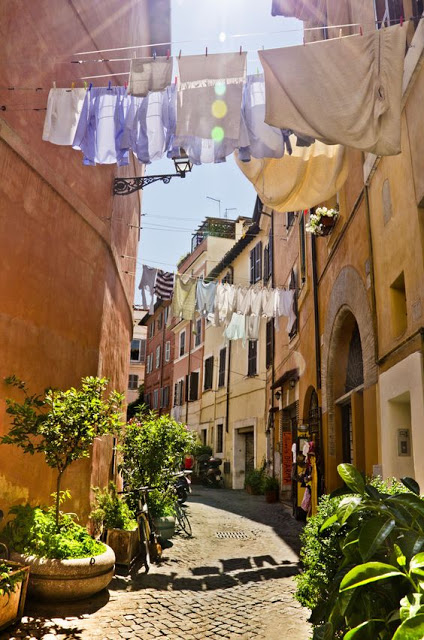
Despite such shifts in its history, Trastevere’s distinctiveness is still felt 2,000 years later; if not in its people then certainly in its places. For while Rome’s centre is open, trafficked, and aside from its antiquities much more modern, Trastevere’s is a sprawl of labyrinthine streets, whose cobbles are lined with medieval façades of cracked, faded paintwork.
Roman Candle Tours calls Trastevere its home. So it makes sense we write this guide: to share with you our insider knowledge of the trendiest, friendliest, and all-round best neighbourhood in Rome.
Start your morning across the river
The Campo dei Fiori—square of flowers—is the perfect place to start your day before making your way over to Trastevere. Its morning market, in bloom every Monday to Friday from 8am onwards, offers the freshest fruit and veg in the city and is well worth a browse before taking the five-minute walk through the historic centre to the Ponte Sisto and then over into Trastevere.
Crossing the bridge, you’ll come to Piazza Trilussa, the main feature of which is its eye-catching seventeenth century fountain. By night, the piazza’s a hub of social activity, frequented by people of every age and all walks of life. By day, however, it’s placid; the perfect place to grab a mid-morning Italian breakfast—a coffee and a cornetto (that’s the croissant, not the ice cream).
Climb the Janiculum Hill for a peerless panoramic
Make the time to climb the unofficial eighth of Rome’s Seven Hills. Named after the ancient two-faced god Janus, whose shrine once occupied the top of the hill, the Janiculum was incorporated into the city’s defences early on in the seventh century BC, under Rome’s legendary king Ancus Marcius.
The Romans had good reason for wanting to fortify it. Whenever the Senate held public assemblies on the Campus Martius during the early years of the Republic, they would send a soldier to the top of the Janiculum to check the Etruscans weren’t approaching from the northwest, instructing him to wave a red flag if all was clear.
Today, the Janiculum is most famous as the setting for the opening scene of Paolo Sorrentino’s “The Great Beauty” (La Grande Bellezza), in which, looking out over the city to a choral soundtrack, a tourist faints through heat, beauty overload, or both.
The “Balcony of Rome,” as it’s sometimes called, does indeed deserve a climb for its sweeping panoramic. Just learn from Sorrentino’s fictional tourist and go easy during summer. There are two times in particular you should aim for when ascending the Janiculum. The first is sunset; the second is around 11.30 am, which will get you there in time to witness—or rather hear—a Roman tradition dating back over 150 years.
In 1847, Pope Pius IX ordered that a blank round be fired from a special cannon every midday, to make sure Rome’s church bells chime in time together. In keeping with tradition, this has taken place beneath the statue of Giuseppe Garibaldi every day since 1904—setting a marker against which Romans can check their watches (thus suggesting an attentive Roman should never be late).
Soak in some art at the Galleria Corsini
At the foot of the Janiculum Hil and a stone’s throw from the Ponte Sisto stands Trastevere’s main art gallery, the Corsini Gallery. Occupying several rooms within the Palazzo Corsini, it has a modest but immersive collection that should occupy no more than a couple of hours. The entrance ticket will also get you into the rather more extensive Barberini Gallery, which you can reach either by bus or by walking for 45 minutes through the heart of the historic centre.
Within the Corsini Gallery, Caravaggio’s St. John the Baptist is the main highlight along with the Flemish collection featuring works by Rubens and Van Dyck. Other curiosities abound, especially Salvator Rosa’s Prometheus—a work bound to stave off your appetite for at least few hours on account of just how graphically visceral it is.
Discover the wonders of Santa Maria in Trastevere
Widely believed to be Rome’s first Christian place of worship, Santa Maria in Trastevere and its eponymous piazza are at the beating heart of Old Trastevere. According to legend, it was here on the site of the basilica that oil sprung up from the earth on the day Christ was born. Indeed, just beneath the basilica’s high altar, you can see the supposed spot, marked by the Latin inscription FONS OLET.
Most visitors come to marvel at the church’s quintessentially basilican architecture or characteristically Byzantine mosaics, which are indeed impressive. But a more fascinating and oft-neglected feature of the Santa Maria in Trastevere is its mishmash of ancient columns.
Removed (that is to say looted) from the Baths of Caracalla near the Circus Maximus, they were incorporated into the church in the fourth century AD. Beyond being merely beautiful, these columns attest to a common practice in the ancient capital: recycling valuable material from Rome’s many pagan temples which, eclipsed by the rise in Christianity, came to lose any intrinsic purpose—and indeed value—of their own.
Catch a glimpse of Rome’s ancient city walls
Compared to the east side of the Tiber, Trastevere has little in the way of ancient architecture. You can see a vestige of its Roman Imperial past, however, in the Porta Settimiana, situated at the beginning of the Via della Lungarna—once called the Via Sancta (Sacred Street) as it was on the pilgrim’s route to St. Peter’s Basilica.
First built most under the emperor Septimius Severus (hence its name) as either the entrance to his son’s gardens or an aqueduct arch for his baths complex, the Porta Settimiana was incorporated into the city’s defensive walls under Aurelian, between 270 and 275 AD.
Rather than the Roman original, the gate is a medieval reconstruction, first rebuilt under Pope Alexander VI in 1498 then, in its most recent incarnation, in 1798. But while the bricks and mortar are (relatively) recent, it’s still the only ancient gate in situ on the western bank of the Tiber.
Stop off for some lunch
Hidden away in one of the smaller, slightly less picturesque alleyways of Trastevere, Pizzeria Dar Poeta is hands down one of the best places for lumch. Their pizza is slightly thicker than Rome’s usual thin, crunchy fare, and any one from its extensive menu is easily washed down with a cold beer or wine. Order up a pizza alla carbonara for something special. Just remember that Dar Poeta’s reputation precedes it, and you might not be the only one waiting for a table.
Explore Tiber Island
From Dar Poeta, walk a couple of minutes east to the river and then ten minutes along it to get to one of the finest examples of continuity in the Eternal City: Tiber Island. Remarkably, the island has been home to a place of healing since 291 BC, first with its temple of Asklepion (Aesculapium) and then, since the sixteenth century, with Rome’s oldest hospital, the Fatebenefratelli.
A strange, and most likely fabricated story surrounds the temple’s foundation. According to the Augustan writers Livy and Ovid, having narrowly escaped the grips of a terrible pestilence that had ravaged the city, the Romans consulted the sacred texts known as the Sibylline Oracles. The texts advised them to send ambassadors to the Asklepion, a healing temple in the Greek city of Epidaurus, and consult the god there. Never ones to turn down oracular advice, the ambassadors packed their bags.
After meeting with the priests at Epidaurus, the ambassadors returned with a snake, the symbol of Asklepion. Presumably the model passenger during the long voyage from Greece, the snake apparently grew impatient as they sailed down the Tiber—for as they approached the river’s bend, the snake jumped (or rather slid) ship and swam to shore on Tiber Island, thus marking the site of the future sanctuary the best (and indeed only) way it could.
Standing on the site of the sanctuary is the tenth century Church of San Bartolomeo all’Isola. There’s enough to see inside to keep you for half an hour; its columns, like those Santa Maria in Trastevere, have been recycled quite possibly from the ancient temple, while the well near its altarpiece is believed to retain elements of the ancient sanctuary’s sacred spring.
Marvel at the mosaics of San Crisogono
In some ways, the Church of San Crisogono at the northern end of Trastevere’s central thoroughfare is your typical Roman building. Which is to say it’s been rebuilt so many times that, from the outside, you can’t tell is its 200 or 2,000 years old.
In another way, it’s pretty unusual, at least for Trastevere. For when you descend down its sacristy’s staircase, you effectively travel back through time, walking among the remains of a fourth century Christian church and Roman houses, which date back to the time of Caesar and Cicero in the late Republic.
San Crisogono is not always open. When it is, however, we cover it as part of our Trastevere tour, walking you through and exploring its subterranean passageways as they should be explored: with an expert guide.
Grab aperitivoand watch the world go by
After a long day’s exploring, you might want to kick back and relax with a spritz or something stronger. If so, you can’t do much better than the cocktail bar Freni e Frizioni just off Piazza Trilussa. Cocktails cost anything from €6 upwards, but they lay out aperitivo buffet at the bar until around 10 which you’re free to help yourself to.
Wine and dine at one of the top Trastevere restaurants
When in Rome, go where the Romans go. When planning your trip, find out where the Romans go. At least this what I did a couple of years when helping my mum plan her first visit to Rome to celebrate a landmark birthday (I won’t say which one). Before arriving in Trastevere, I came armed with some recommendations from my Florentine friend’s Roman wife. I wasn’t disappointed.
The first recommendation is the jollily named Popi Popi. Its menu is extensive, authentic, and, with its English translations, sometimes baffling (“sheesy lady fingers” anybody?). The cacio pepe is a must, as is the grilled lamb with a side of deep-fried artichokes. Its pizzas are great too. Just make sure that if you come during summer you either book ahead or stop by early in the evening to reserve, especially if you want an outside table.
The second recommendation—and one that other Romans have waxed lyrical about—is Da Enzo. Its moderately priced, honest home-cooked food is a hit with Italians—always a good sign—and its range of specialities is splendid. For those wanting to eat as the Romans eat, check out the coda alla vaccinara (ox-tail), best served with a side of anything that will soak up the sauce.
While Trastevere has far fewer tourist traps than other areas in Rome, it’s still worth doing a little research or at least bearing some things in mind before ducking in just anywhere. As a rule of thumb, restaurants offering tourist menus should be avoided like the plague, as should restaurants with someone standing outside beckoning you in off the street.
Nightlife in Trastevere
The daytime in Trastevere is the calm before the storm. After sunset, people from all over Rome pile into its bars and spill out onto its streets. Trastevere is home to every kind of drinking hole, and whichever you settle on it’s hard to go wrong. My personal favourite is Bar San Callisto, where the drinks are cheap and the place packed to the rafters with locals, students, and the occasional overwhelmed tourist.
(On a Sunday) Visit the Porta Portuense Flea Market
Every Sunday morning sees the return of Trasrevere’s frenetic flea market, running down from Porta Portuense to Trastevere’s train station. Here, you can find practically anything—discount toiletries, household utensils, cheap clothing, and bric à brac you can’t possibly imagine that anyone would buy.
Still, it’s an experience, and an insight into the real, local Trastevere. And it does have some bargains, though you’re best off getting there early before the descending hordes strip the stalls. The market wraps up around midday, but while you’re in the area you should visit the nearby church of San Francesco a Ripa.
Other than the seldom-opened room where St. Francis himself once stayed, the church’s main attraction is a statue by Bernini—Saint Ludovica Albertoni, who the great master immortalised in a pose of pure orgasmic ecstasy.
Roman Candle Tours in Trastevere
As our name suggests, Rome is where our heart is, and we at Roman Candle Tours run a variety of tours in Rome, covering the Vatican, the ancient centre, Villa Borghese, and many other sites both in and around the Eternal City.
Roman Candle Tours also runs a private, guided Trastevere tour that includes the Jewish Ghetto on the other side of the river and Tiber Island, connecting the two. If you want more details about the itinerary, click the link above to find out more. And if there’s something in particular you want to see or do, do get in touch and we can talk you through our tailored tours.

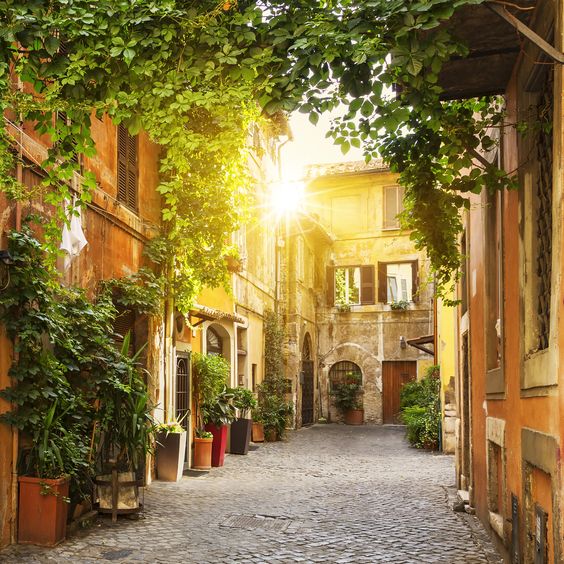

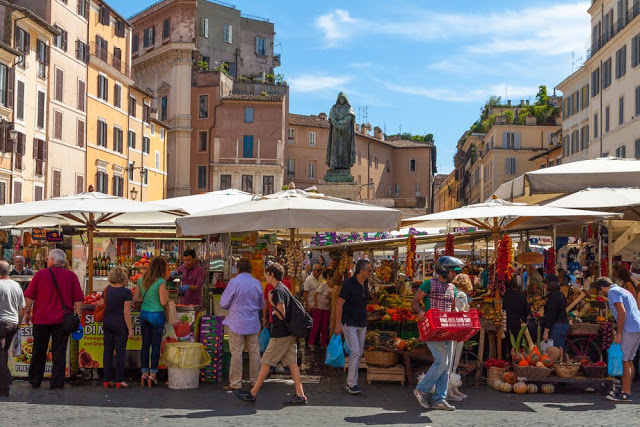
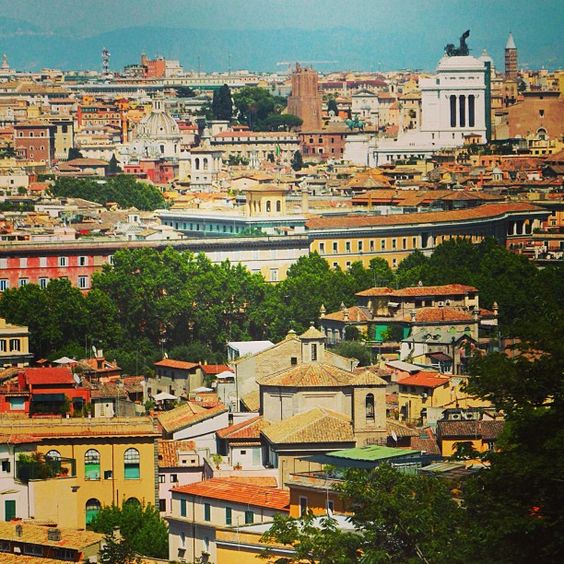
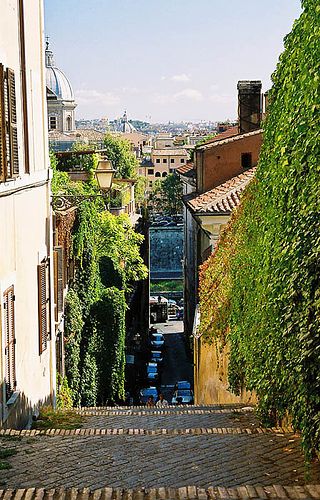
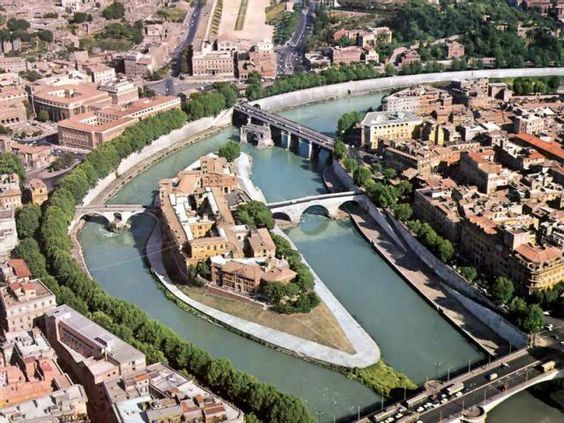
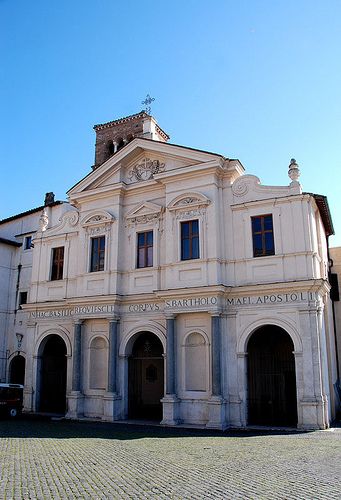
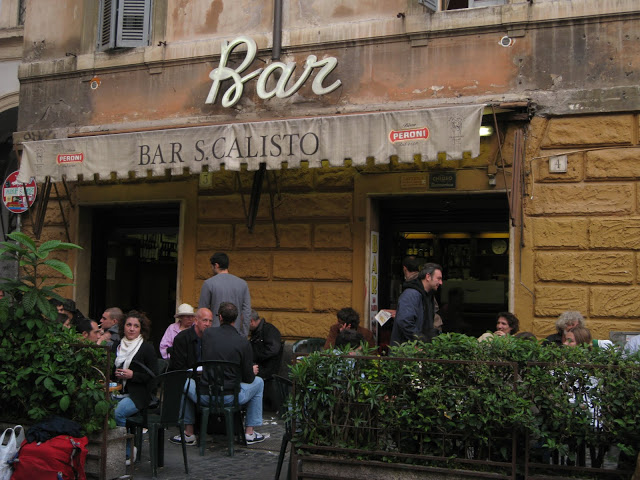

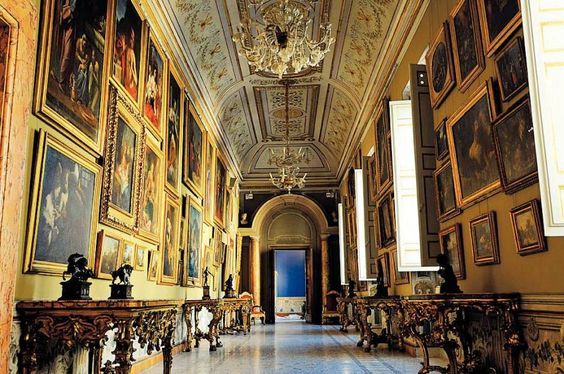
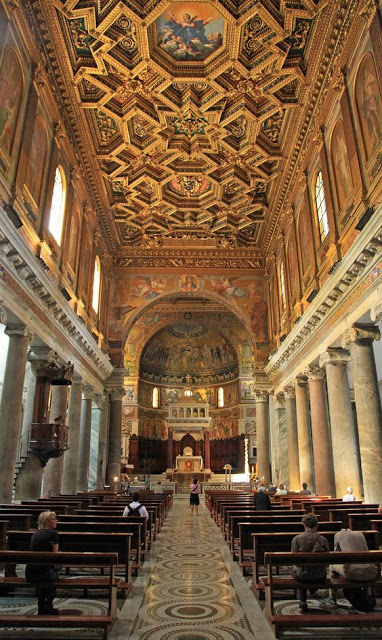
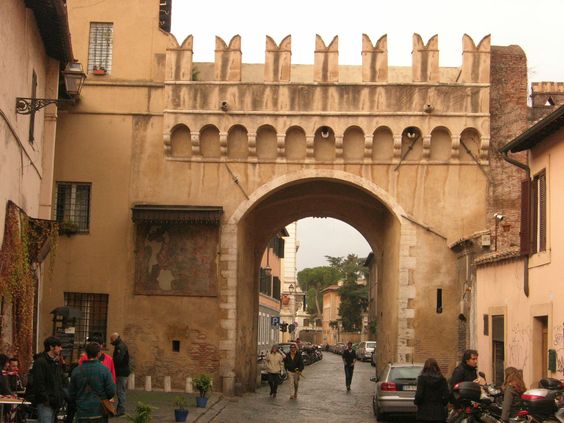
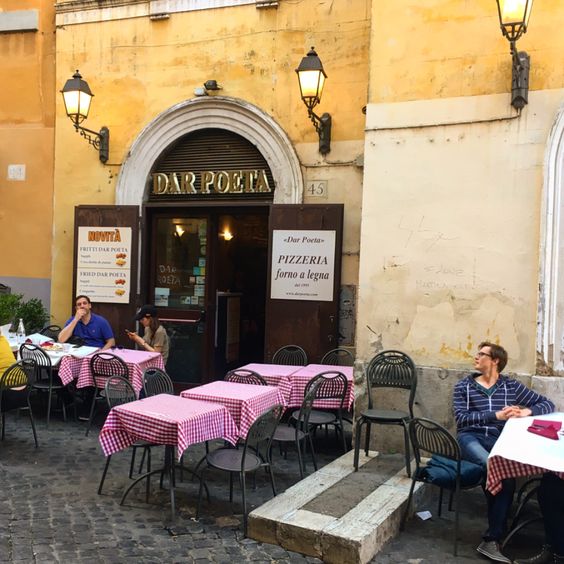
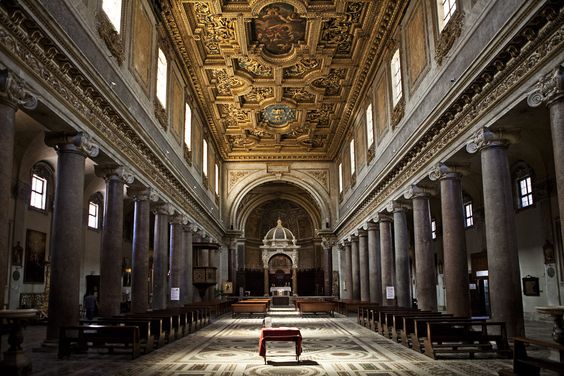
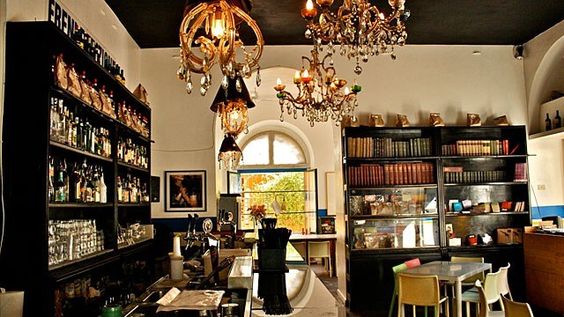
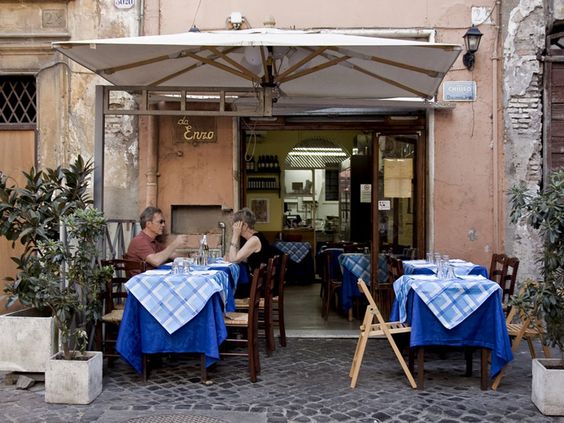
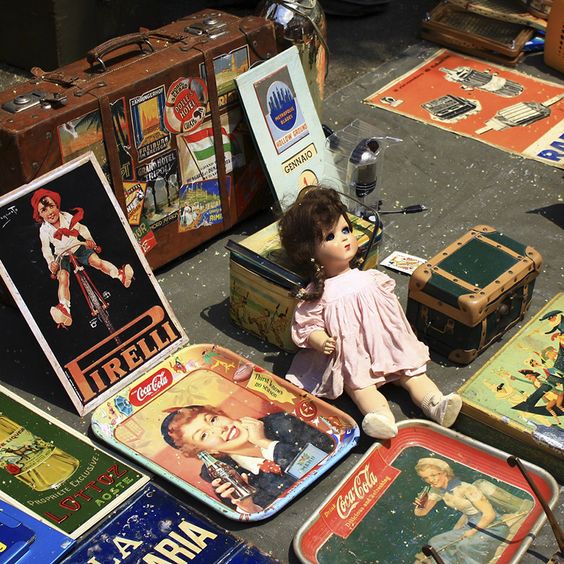


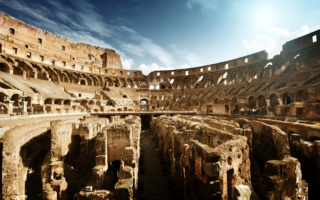
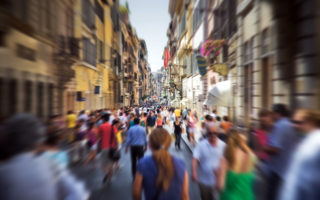
I located your web site from Google and I have
to state it was a fantastic locate. Thanks!
Good info. Lucky me I recently found your blog by chance (stumbleupon).
I’ve bookmarked it for later!